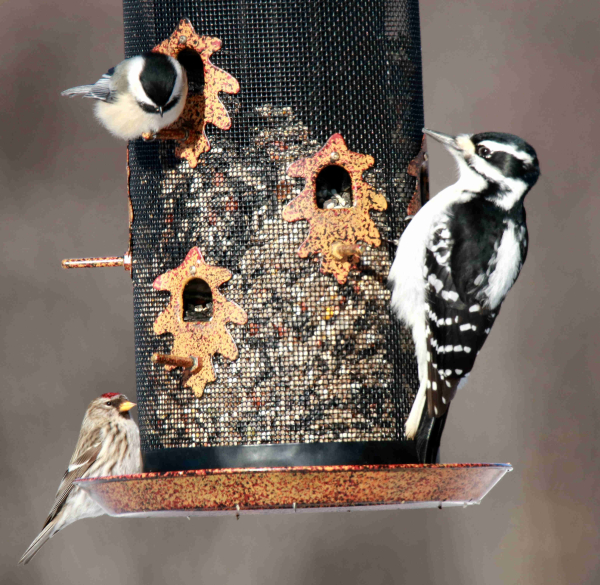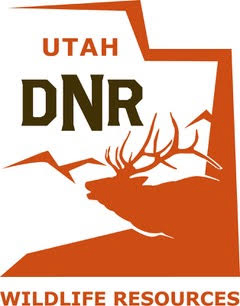
Photo by Ralph Hensley.
I always look forward to seeing the first newborn fawn of the year. Without fail, social media will begin to fill with pictures of these beautiful, wobbly-legged creatures, and understandably so. Very few things in nature are as beautiful as a newborn fawn in a lush, green field. But these photos are often accompanied by misinformation and bad advice. Let’s look at the magic and myths of whitetail fawns.
Magic: For the first seven to 10 days of life, a fawn will spend up to 95 percent of its time bedded. While bedded, a fawn has a very rapid heartbeat of around 175 beats per minute. When a fawn senses danger is close, it will lower its head and drop its ears, the heart rate will fall to around 60 beats per minute, and the breathing will become slower and deeper – all to try and avoid detection by predators. The first few days of a fawn’s life are a critical time. Most fawns that fall to predators die in their first 10 days of life.
Myth: “I found a fawn that didn’t run away. Something must be wrong with it.” More than likely you have found a very young deer. The fawn will lie perfectly still, barely even blinking, until you move on. Oftentimes, at this young age the fawn will even let you touch it or pick it up, but it is best not to. More on this in a moment.
Magic: Within a few hours of being born, and after the mother has cleaned the fawn and eaten the afterbirth, the fawn will begin to try out its legs. Although a little wobbly, it will soon follow its mother away from the birthing spot. Research shows that fawns will be gone from the birth site in less than 10 hours. The mother will take the fawn (or fawns) to the best cover available, and they will instinctively bed down. At this point, the fawn will trust its 300-plus white spots as camouflage. The doe will leave and return several times throughout the day to nurse her fawns.
Myth: “I found a fawn. Its mother must have abandoned it.” Actually, in the first weeks of a fawn’s life, it’s a natural survival strategy for the doe to keep her distance except for short bouts of nursing. Her presence can attract the attention of predatory eyes. It is rare for a doe to abandon a fawn – unless she herself has been killed by a car or predators.
Magic: After a few days, the fawns will begin to follow the doe around. They start to become more familiar with the area and learn to communicate. The fawn will still spend the majority of its time sleeping but will begin to select its own bedding sites. It is at this time that fawns are commonly seen by humans. Although at times the fawn may not pick the best hiding spot, by now it has developed stronger legs and has become more familiar with its surroundings. While helping with an extensive fawn study in South Texas, I learned that after a fawn reaches five days of age it is very difficult for a human to catch, and after 10 days this becomes nearly impossible.
Myth: “If a human touches a fawn, the doe will stop taking care of it.” This is incorrect. It is best to never touch a fawn unless it is in direct danger, like when it beds down near farm equipment or other dangerous areas. But in the event you do need to touch a fawn or carry it away from danger, you have nothing to worry about. Research has shown that most fawns handled by humans survive just fine afterward. If the mother is in sight, try to let her see you set the fawn down. If there is not a doe in the area, find a shady spot with some cover close by and leave the fawn there. If the fawn jumps up and runs off, don’t chase it. It will travel a short distance and pick its own spot to wait for its doe.
Magic: At a few weeks of age the fawn will begin to try eating vegetation. Although it is still nursing, the fawn will begin to learn which foods are more desirable than others. It will also become more active in the herd, frequently frolicking around with other fawns and even trying to get its mother to join in the playing. This is a very important part in the life of a young deer, as it continues to build strength in its legs, giving it the ability to run even faster and jump higher. It also will begin to develop an understanding of the social hierarchy within the herd.
The first six months of a fawn’s life are a daily struggle for survival. Keep this in mind anytime you encounter a fawn in the wild. It’s life is already tough as it tries to avoid predators and learn how to survive. When you do find a fawn, take a picture, appreciate the moment, and move on. Never try to raise a fawn on your own. Not only will the fawn have a lower chance of survival, it is also illegal in many states.
As intriguing and beautiful as fawns are, there is no reason to make its life any more stressful than it already is. Most fawns will be better off if you leave them where you found them. But if you find a fawn and have good reason to believe it needs help, contact a local wildlife professional.
About the Author: Sam Leatherman of Missouri is a QDMA Regional Director and supports QDMA Branches in Illinois, Iowa, Kansas, Missouri and Nebraska.






